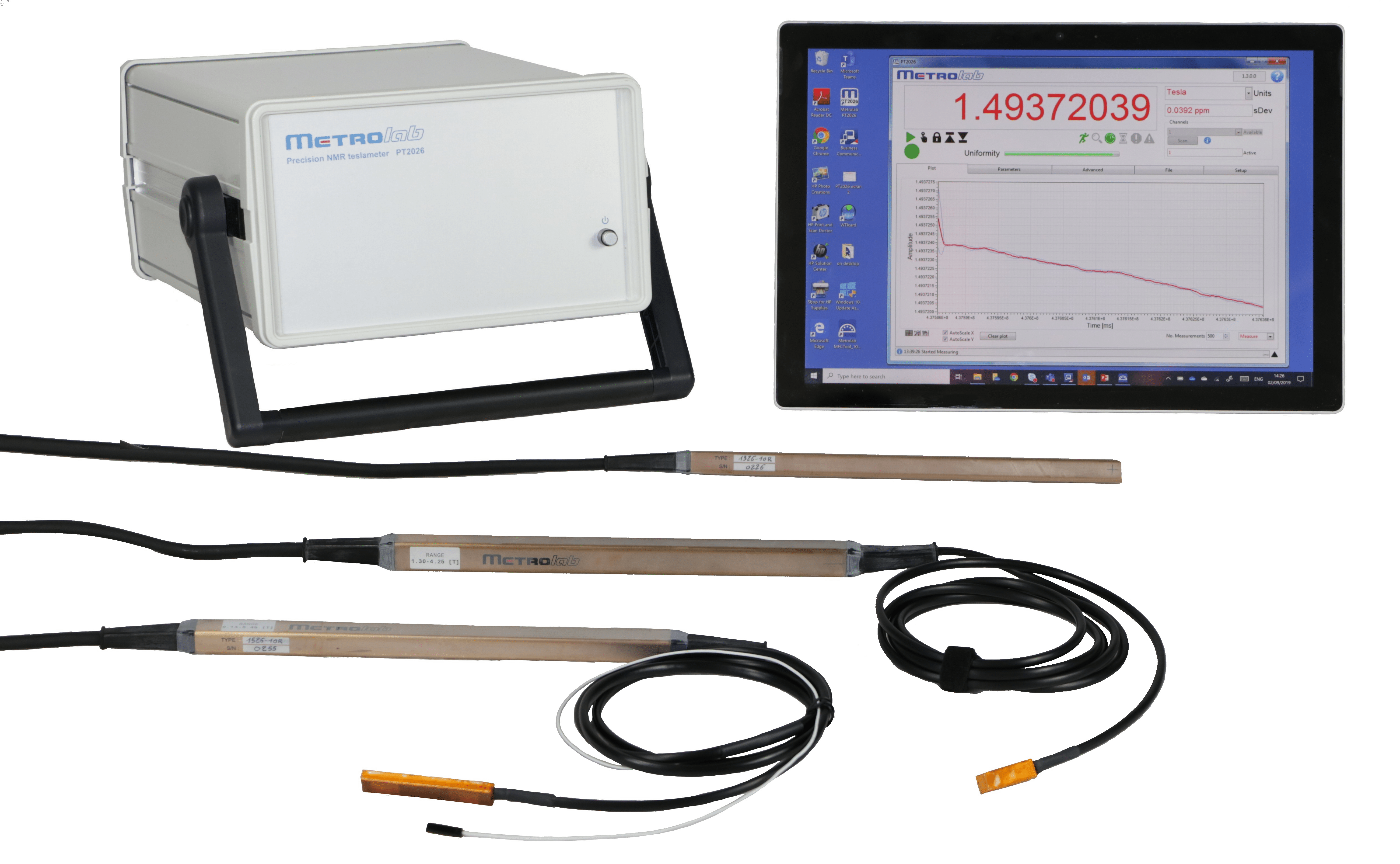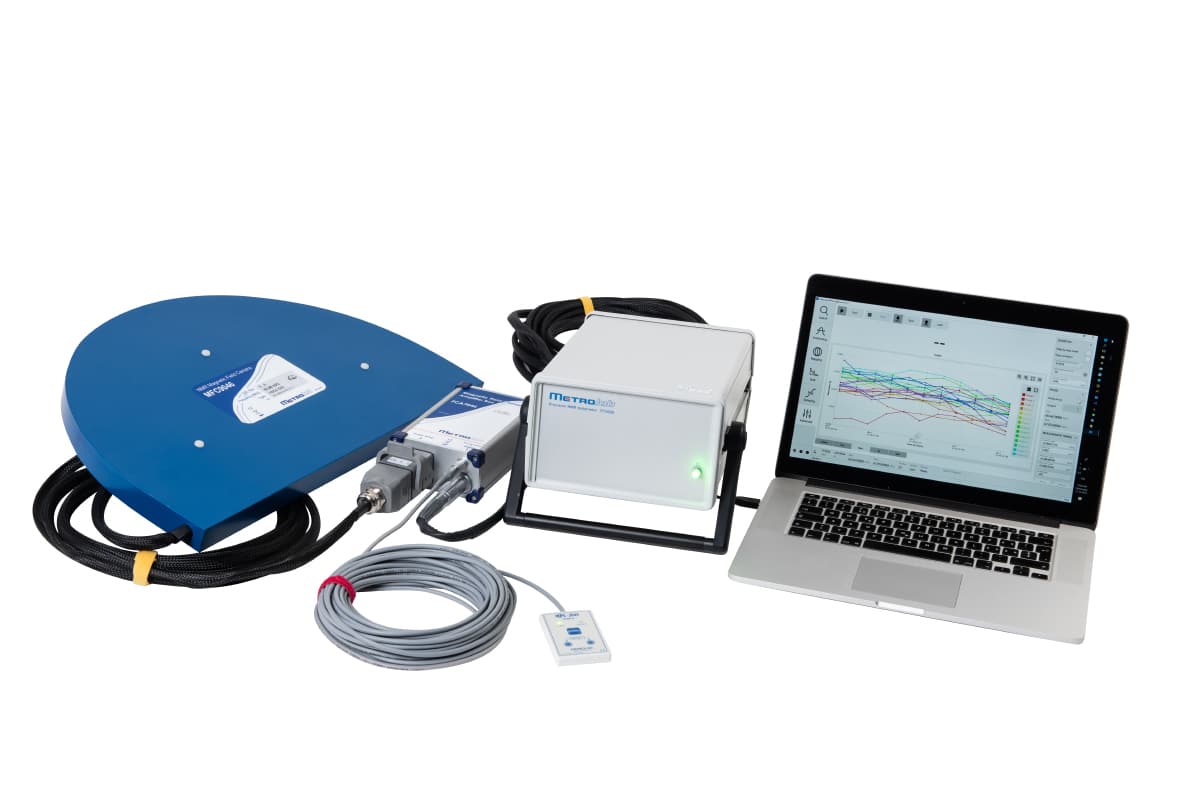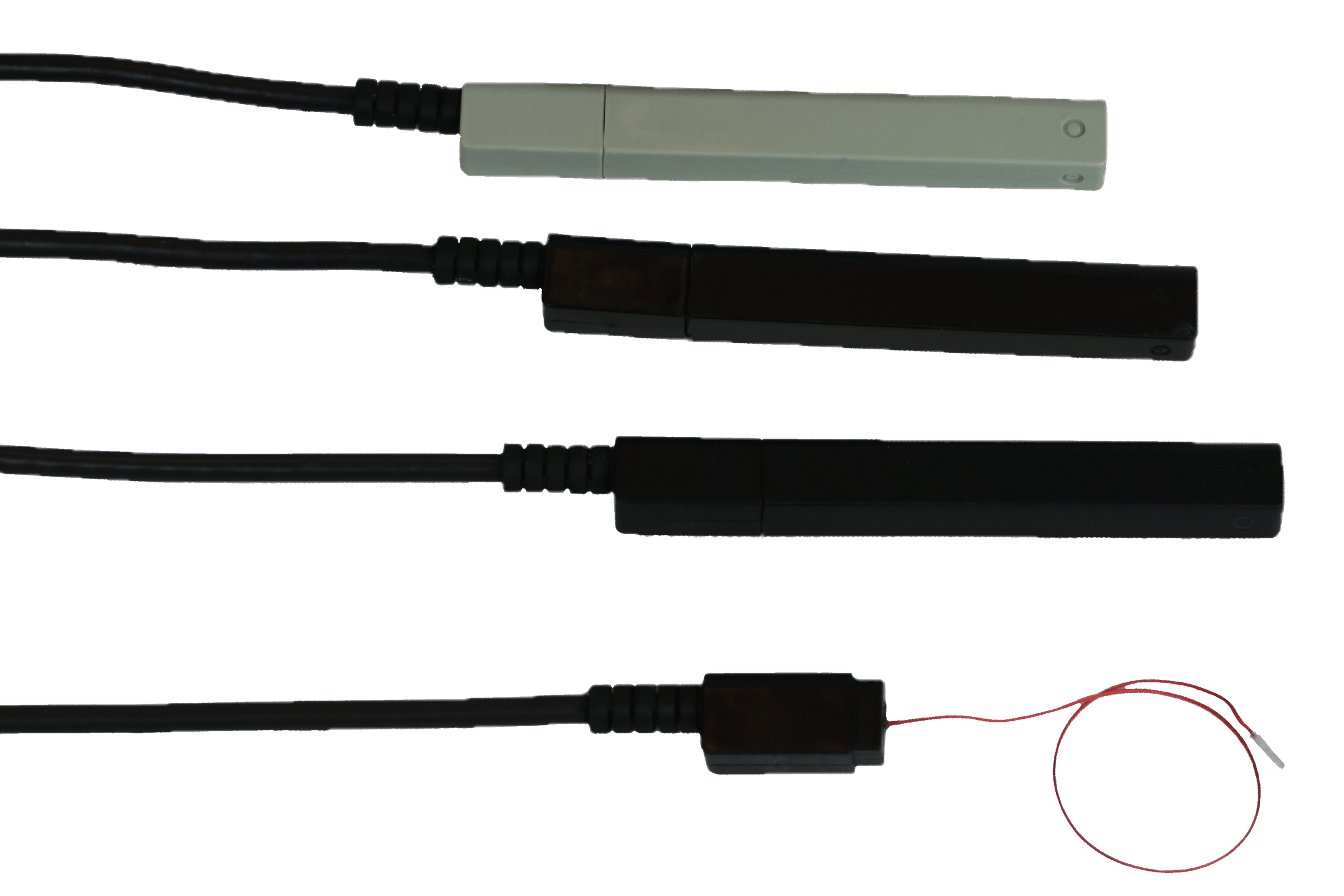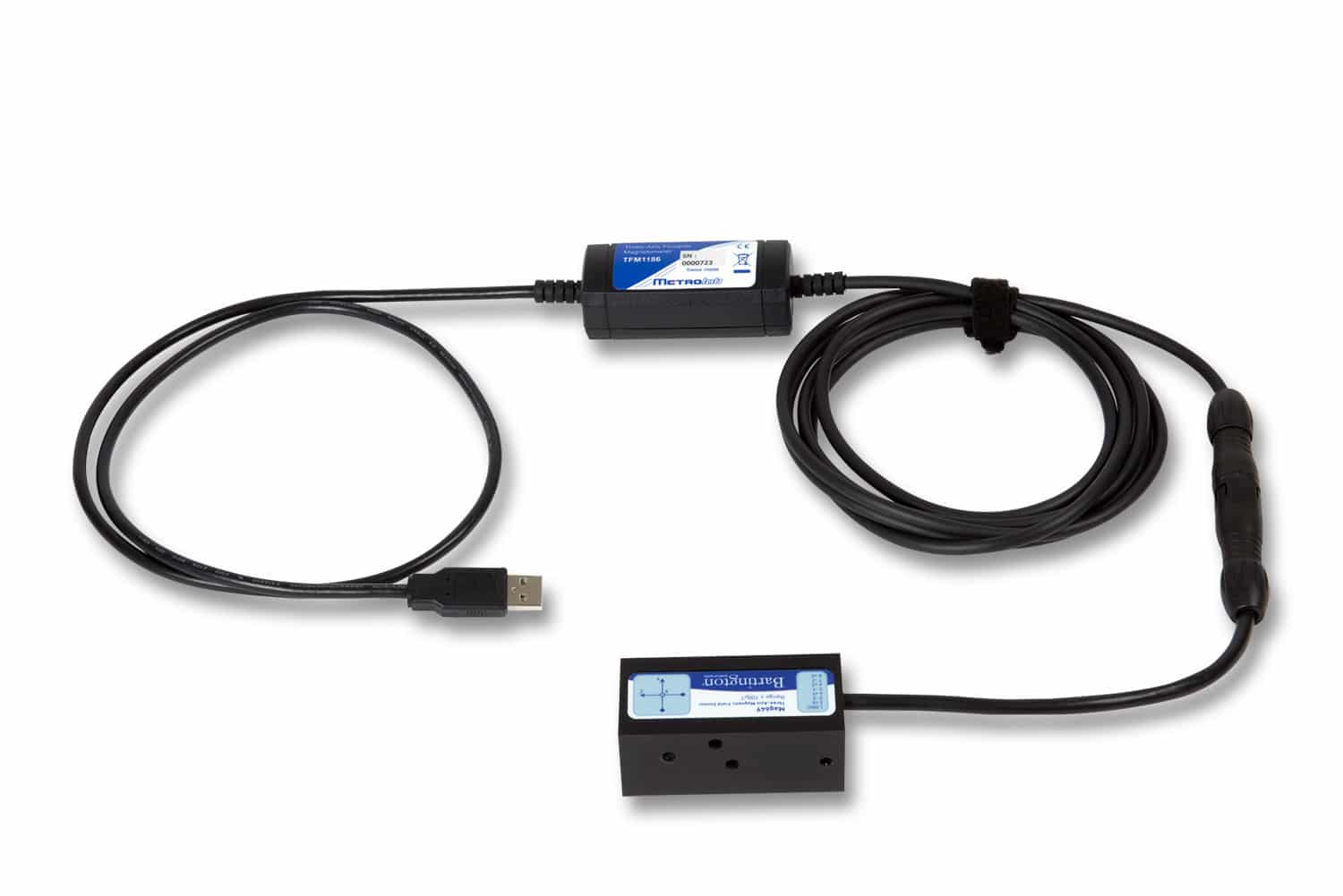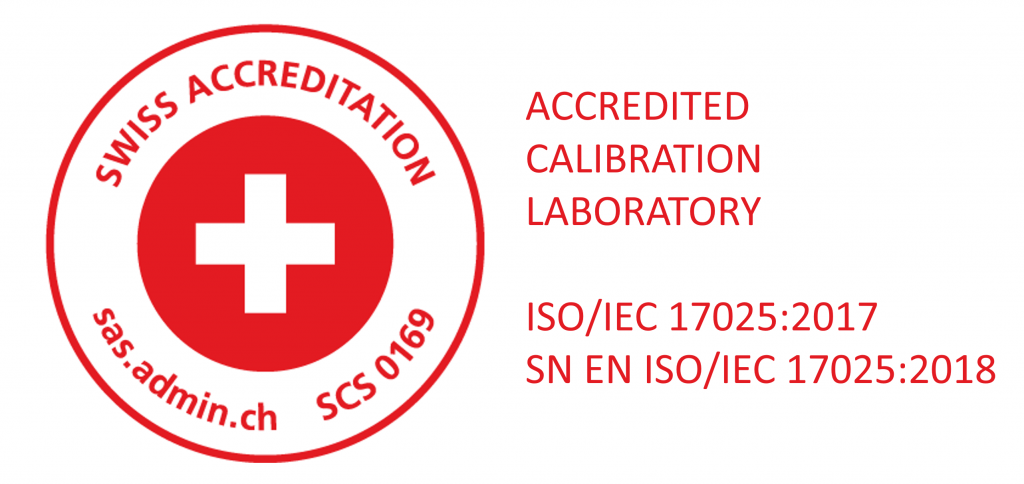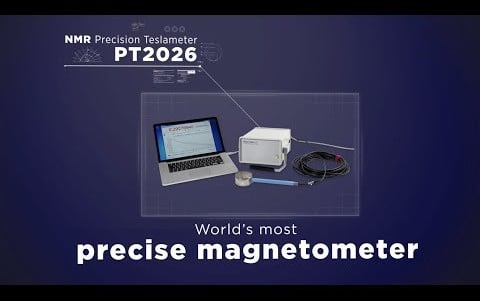Magnetic Resonance Imaging (MRI)
Installation

How to save two days during installation
Using a traditional single-point teslameter, shimming is a lengthy and error-prone process. Metrolab’s Magnetic Field Camera measures more than 1000 points within a few minutes, with the utmost reliability. This system saves several hours of technician time per iteration, and because of the quality of the measurements, it generally reduces the number of repetitions.
MRI – Installation
Installing an MRI system is a complex operation that occupies two technicians for days. After site preparation, the first step is to install the magnet. The second operation is to shim the magnet to compensate for internal and environmental disturbances.







Locating the danger zone
The powerful fields emanating from MRI magnets constitute a serious, yet invisible danger. Metallic objects such as wheelchairs can fly into the magnet, and patients or personnel with implants can sustain life-threatening injuries. After magnet installation, it is imperative to mark the “danger zone“ in which the field strength exceeds a specified limit.
Metrolab explicitly designed the 3-axis Hall magnetometer to allow installation and safety technicians to perform this critical task with total confidence. Lightweight and easy to use, it gives a reliable reading of the whole field.
Problem installations: tracking down stray magnetic fields
To avoid interference from external magnetic fields, MRI systems are installed in magnetically shielded rooms. Although generally very efficient, variable background fields can be problematic, and the cause can be very obscure, such as the return current of a train passing many kilometers away. Such situations often call for “active“ shielding systems that monitor the environmental fields and compensate for them in real-time with a set of coils built into the walls.
Metrolab’s NMR teslameter systems are the perfect tools to track down such problems. They allow ultra-precise, long term monitoring of the magnetic field exactly where it counts – in the imaging area. They can also be used to verify – and certify! – the performance of active shielding systems.

